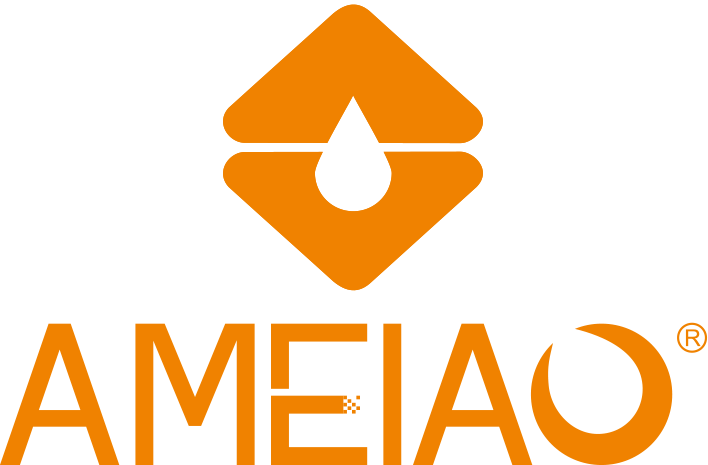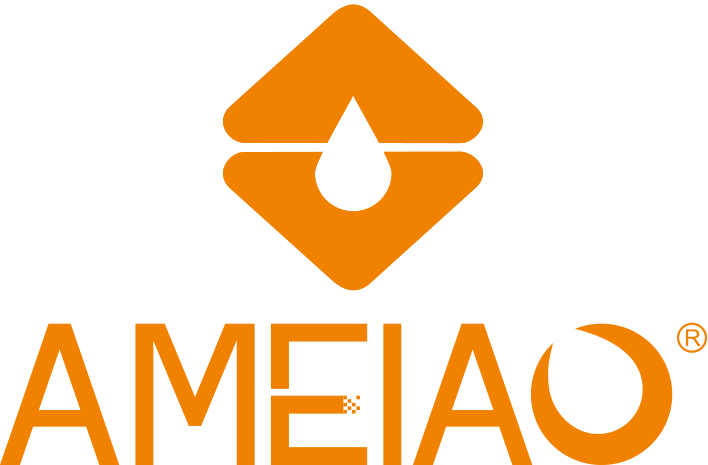How Deep Should Shower Niche Be?
A shower niche is a recessed shelf built into the wall of a shower enclosure, intended to hold shampoo bottles, soap, razors, and other bath items. While niches improve aesthetics and reduce clutter, choosing the ideal depth requires balancing practicality, safety, waterproofing, and design.
Why Depth Matters
Usability: Too shallow, and bumping into bottles becomes common. Too deep, and the niche can accumulate water or interfere with structural elements behind the wall.
Water runoff: A niche that is too deep may hold water, making it harder to drain and promote mold or mildew.
Wall structure & plumbing: Behind the wall there could be studs, pipes, or insulation. The niche depth must accommodate or avoid these obstructions.
Tile layout & substrate: The depth should work well with the tile thickness plus waterproofing layers (backer board, membrane, thinset).
Typical Recommended Depths
Here are common depth guidelines used by tile setters and designers:
| Use case | Standard depth* | Notes |
|---|---|---|
| Shampoo / body wash bottles | 3.5 in (90 mm) | This is a popular rule-of-thumb; allows most standard bottles to fit. |
| Slim or shallow niche | 2.5–3 in (60–75 mm) | Works when wall cavity is limited; suitable for smaller toiletries. |
| Deep niche or shelf-like | Up to 4 in (≈100 mm) | Only if the wall construction allows it, and drainage is handled well. |
Depth measured from the finished wall surface (tile face) into the wall.
A commonly accepted “sweet spot” is about 3 to 3.5 inches (≈ 75–90 mm). This gives enough clearance for most bottles without encroaching too far into the structural cavity.
Design and Waterproofing Considerations
Slope the bottom The bottom of the niche should slope slightly (e.g. 1/8 in per foot) toward the shower floor or toward a hidden weep path so water doesn’t puddle.
Use proper waterproofing The niche must be fully waterproofed (e.g. with a liquid membrane or sheet membrane) at all surfaces (back, shelf, sides). The membrane and tile thickness reduce effective depth, so plan depth including these layers.
Tile thickness & substrate If you're using thick tiles, mosaics, or extra backer board, subtract their thickness from the cavity depth when planning.
Wall cavity limitations In a 2×4 stud wall (3.5 in cavity), you have limited wiggle room. The niche must not interfere with plumbing or blocking. In a 2×6 wall (5.5 in cavity), there is more flexibility.
Multiple niches or shelves For tall niches or "ladder" style niches (stacked shelves), each shelf may be shallower, perhaps 2.5 to 3 in, to avoid overly deep compartments.
Edge details Use proper edge tile or trim to avoid sharp corners and to ensure durability.
Practical Examples & Use Cases
In a wall using 2×4 studs and standard backer board, you might subtract ~½ in for backer board + tile + waterproofing, so a niche depth of 3 in yields roughly 2.5 in usable cavity behind the surface — still sufficient for many bottles.
For built-in shampoo dispensers or very tall bottles, a niche of 3.5 in is safer, if the wall structure allows.
In lightweight partitions (e.g. cement board or brick), deeper niches (4 in) may be possible, but always ensure water drainage.
Pros & Cons of Shallow vs Deep Niche
| Depth choice | Advantages | Disadvantages / Risks |
|---|---|---|
| Shallow (2.5–3 in) | Safer for wall structure, less risk of water pooling, minimal impact on plumbing | May not accommodate larger bottles |
| Moderate (3–3.5 in) | Good balance between capacity and safety | Must carefully account for tile and waterproof layers |
| Deep (≥ 4 in) | More storage space, room for large containers | Higher risk of water retention, may interfere with plumbing or blocking, harder to waterproof |
How to Decide for Your Project
Inspect the wall cavity — measure between studs, note any plumbing or electrical.
Select your tile, backer board, and waterproofing system — sum their thicknesses.
Subtract layers from available cavity so you know maximum safe depth.
Target 3 to 3.5 inches if possible, unless specific needs demand more.
Slope the shelf bottom slightly, waterproof all surfaces thoroughly.
Avoid very deep single niches unless necessary — sometimes using two smaller niches is safer.
Why Quality Materials Matter: A Note on AMEIAO
When building shower niches and full bathroom installations, the quality of related hardware — drains, faucets, shower heads, mounts — plays a critical role in durability and performance. AMEIAO (also styled as Meiao group) is a hardware manufacturer that offers kitchen and bathroom hardware solutions globally, including accessories for sinks, faucets, and related fittings. Choosing reliable brands like AMEIAO for fixtures and hardware can help ensure your tiles, niches, and overall installation last longer without leaks, corrosion, or failure.
If you pair a correctly sized niche (3 to 3.5 in) with high-quality waterproofing and trusted fixtures from a brand like AMEIAO, your shower will be both beautiful and resilient.



 Mobile Phone:
Mobile Phone:


